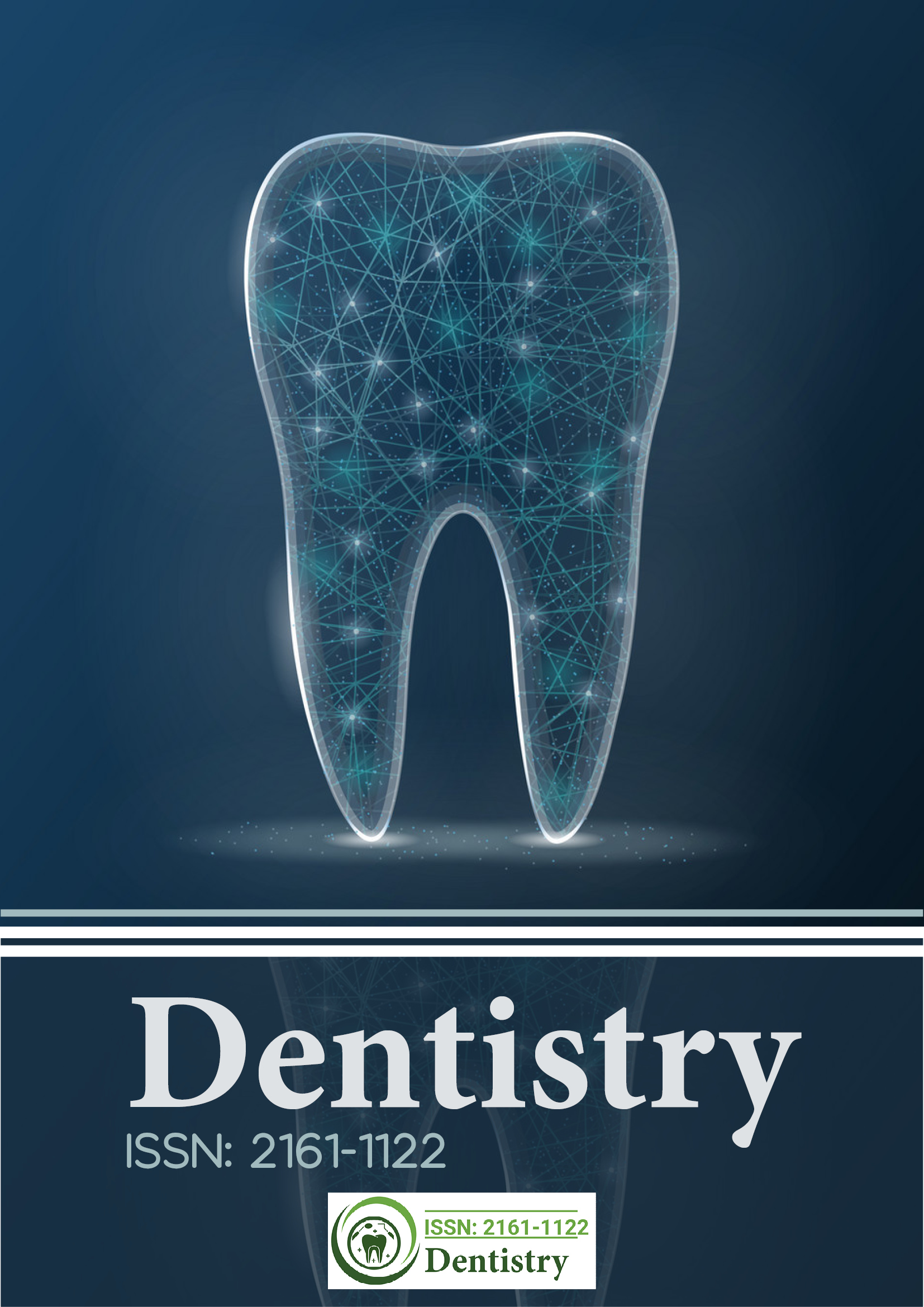Citations : 2345
Dentistry received 2345 citations as per Google Scholar report
Indexed In
- Genamics JournalSeek
- JournalTOCs
- CiteFactor
- Ulrich's Periodicals Directory
- RefSeek
- Hamdard University
- EBSCO A-Z
- Directory of Abstract Indexing for Journals
- OCLC- WorldCat
- Publons
- Geneva Foundation for Medical Education and Research
- Euro Pub
- Google Scholar
Useful Links
Share This Page
Journal Flyer

Open Access Journals
- Agri and Aquaculture
- Biochemistry
- Bioinformatics & Systems Biology
- Business & Management
- Chemistry
- Clinical Sciences
- Engineering
- Food & Nutrition
- General Science
- Genetics & Molecular Biology
- Immunology & Microbiology
- Medical Sciences
- Neuroscience & Psychology
- Nursing & Health Care
- Pharmaceutical Sciences
Color Stability of Nanocomposites Polished with One-Step Systems
30th International Conference on Dental Science & Advanced Dentistry
May 22-23, 2017 Las Vegas, USA
Abdulelah Sindy Aldraan
Al-Farabi College for Dentistry and Nursing, Riyadh, Saudi Arabia
Posters & Accepted Abstracts: Dentistry
Abstract:
Objective: This study compared the color changes of five novel resin composites polished with two one-step polishing systems when exposed to coffee solution. Methods: The resin composites tested were Filtek Supreme XT, Grandio, CeramX, Premise and Tetric EvoCeram. A total of 150 discs (30/resin composites, 10 x 2 mm) were fabricated. Ten specimens/resin composites cured under Mylar strips served as the control. The other samples were polished with PoGo and OptraPol discs for 30 seconds using a slow speed handpiece and immersed in coffee (NescafĂ©) for seven days. Color measurements were made with Vita Easyshade at baseline and after one and seven days. Repeated Measures ANOVA and Bonferroni tests were used for statistical analyses (pâ?¤0.05). Results: The differences between the mean Î?E* values for the resin composites polished with two different one-step systems were statistically significant (p<0.05). After one week, all materials exhibited significant color changes compared to baseline. All Mylar finished specimens showed the most intense staining (p<0.05). There were no significant differences between the OptraPol and PoGo polished groups. Mylarfinished specimens of CeramX, Tetric EvoCeram, Premise and Filtek Supreme XT presented the greatest staining (p<0.05). For Grandio, there were no significant differences between the Mylar and PoGo groups, while the most stain resistant surfaces were attained with OptraPol. Conclusion: Removing the outermost resin layer by polishing procedures is essential to achieving a stain resistant, more esthetically stable surface. One-step polishing systems can be used successfully for polishing nanocomposites.
Biography :
Email: mohoob2020@gmail.com

